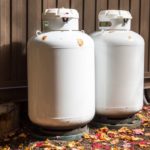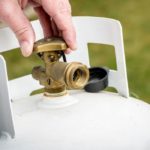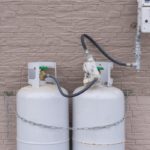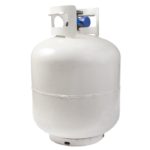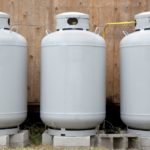There is much more to the world of propane tanks than the familiar 20-pound cylinder we’ve all seen used for gas grills. In fact, propane cylinders are available in a wide range of sizes and shapes, making them ideal for several different applications ranging from grilling and cooking to burning weeds. But do you know which size is best suited for which purpose?
Smaller portable propane tanks come in four different sizes: 20, 30, 40, and 100 lbs. Horizontal propane tanks are designed to be stationary and are discussed in terms of gallons, not lbs, and are available in 120, 500, and 1000 gallon sizes. Larger tanks are typically for commercial applications.
It’s important to understand the sizing of propane tanks, so that you don’t end up with a unit that’s either too big or too small for your purposes. Let’s look at the different propane tanks, their uses, and the standard sizes available today.
Are All Propane Tanks the Same?
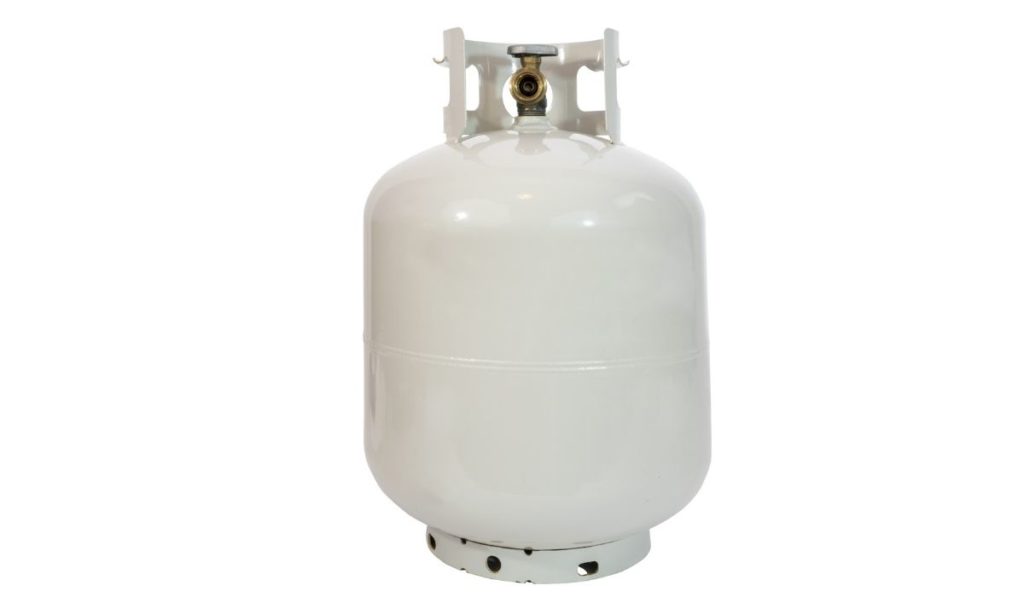
Propane tanks are available in a wide range of sizes to suit different purposes. They’re either classified by the amount of propane they hold, such as a 500-gallon tank, or by their weight, such as a standard 20-pound propane tank.
While propane tanks vary by size, the good news is that most propane companies offer tanks with similar-sized valves, making it easier to connect the tank to propane appliances.
What Are the Different Sizes of Standard Propane Tanks?
The standard sizes of propane tanks include 20-, 30-, 40-, and 100-pound cylinders. Let’s take a closer look at each size:
20-Pound Propane Tank
Measuring around 1 foot wide and 1.5 feet tall, the 20-pound propane tanks (on Amazon) contain 4.7 gallons of propane. This is the most popular size of cylinder and is perfect for patio heaters, mosquito catchers, and barbecue grills.
The small and portable size of the 20-pound tank further makes it easier for users to take the empty tank to their local gas station and exchange it for a full one.
30-Pound Propane Tank
Around 12.5 inches wide and 24 inches tall, 30-pound propane tanks (on Amazon) are usually used for propane-powered forklifts and other small vehicles. They contain approximately 7.1 gallons of propane and can be exchanged when empty.
You can also use a 30-pound propane tank for grilling and powering outdoor fryers.
40-Pound Propane Tank
40-pound propane tanks contain 9.4 gallons of propane and measure around 29 inches tall and 12.5 inches wide. They’re commonly used for heating RVs and grilling in outdoor kitchens that have more than one propane appliance.
100-Pound Propane Tank
Holding 23.6 gallons of liquid propane when full, 100-pound propane tanks are just small enough to get out of the legal placement restrictions enforced on larger tanks. You just need to make sure that you keep them at least 5 feet away from an ignition source and 3 feet away from windows or doors.
These tanks are usually used in mobile kitchens and other industrial and commercial applications. As is the case with 20-pound tanks, you can also exchange 100-pound tanks instead of having them refilled.
Measuring 48 inches tall and 14.5 inches wide, 100-pound propane tanks are considered portable. However, it’s still advisable to have someone help you lift and move the tank to prevent injury and strain.
What Are the Different Sizes of Horizontal Propane Tanks?
Large, horizontal tanks are universal, but they usually need a professional for proper setup. There are three different sizes of horizontal propane tanks, namely:
120-Gallon Tank
Standard 120-gallon tanks hold 96 gallons of liquid propane and are usually used for residential hot water and space heating purposes. Each tank is approximately 54.5 inches tall and 30 inches wide, making it ideal for propane fireplaces as well.
500-Gallon Tank
Standard 500-gallon tanks contain 400 gallons of liquid propane and are typically installed for central heating or small commercial applications. These tanks measure 9 feet and 11 inches in height and 37.5 inches in diameter.
For safety reasons, you need to place 500-gallon tanks at least 10 feet from any ignition sources and 10 feet from the nearest structure. However, some municipalities have stricter regulations, so make sure you check the rules before installing a propane tank.
1000-Gallon Tank
Standard 1000-gallon tanks hold 800 gallons of liquid propane and are typically used for industrial and commercial applications. Large industrial and commercial installations might need several 1000-gallon tanks. They’re approximately 16 feet and 1.5 inches tall and 41 inches wide.
Make sure there’s a gap of at least 3 feet between tanks and a distance of at least 25 feet from ignition sources and buildings. All other placement restrictions for 1000-gallon tanks are the same as 500-gallon tanks, but it’s better to double-check and ensure compliance with local laws.
Is Any Brand of Propane Tank Okay for Common Uses Like Grilling?
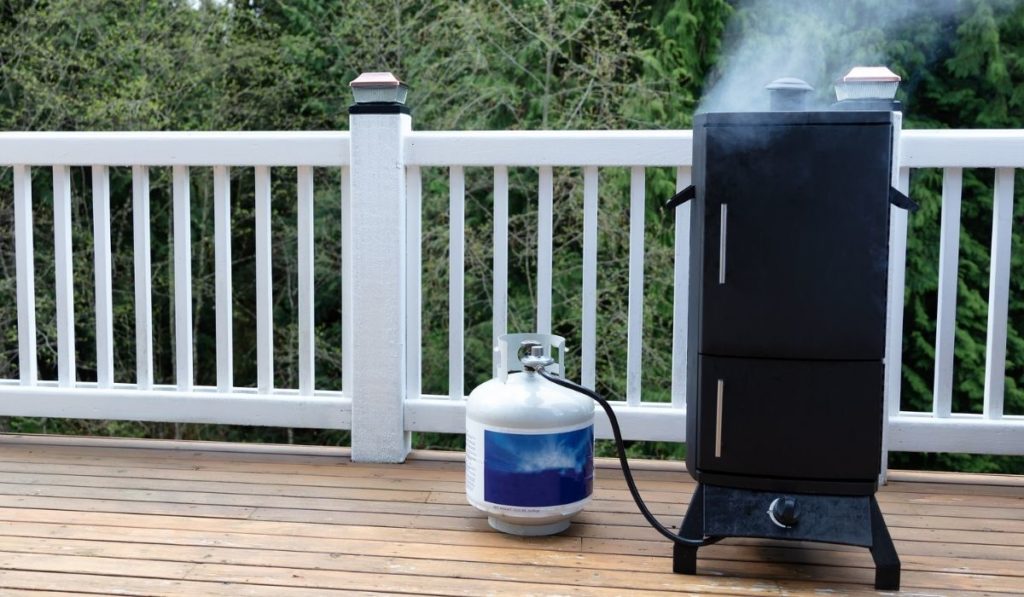
Standard propane companies, such as Amerigas, BlueRhino, and Ferrellgas all make propane tanks that can be used with fire pits, barbecue grills, and other household propane appliances.
Regardless of size and brand, propane tanks hold liquid propane that is later transformed into vapor. All tanks follow the same safety rules and are filled to approximately 80% to prevent accidents.


